In the face of escalating heat waves and the urgent need for climate adaptation strategies, the significance of passive cooling techniques cannot be overstated. A recent study conducted by researchers at the University of Oregon sheds light on the potential of passive survivability in mitigating the impacts of extreme heat events, offering valuable insights into building resilience.
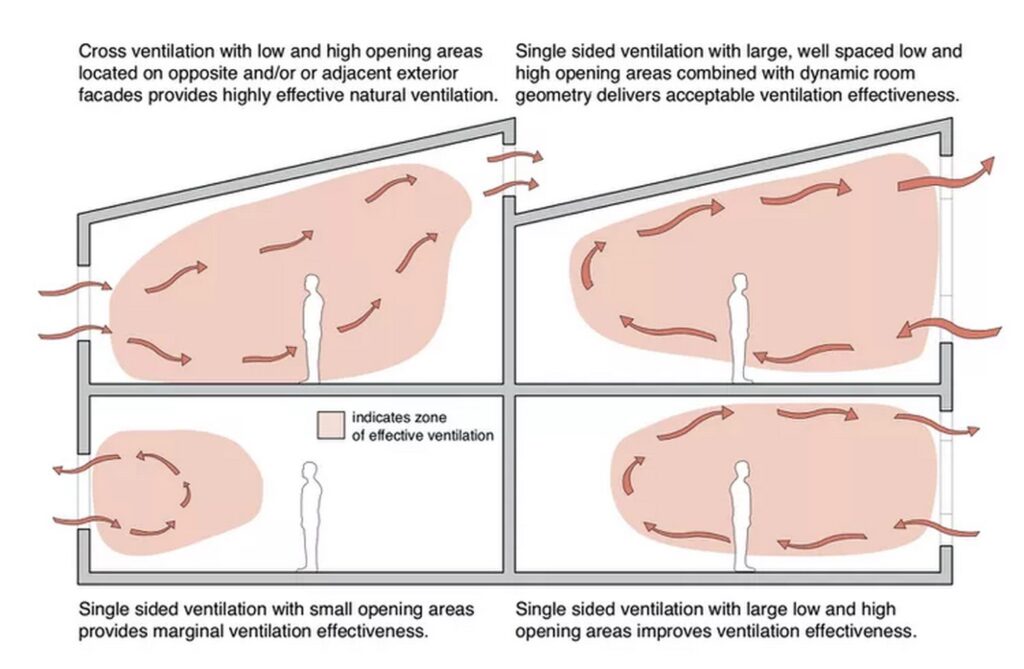
The Concept of Passive Survivability
Defined as a building’s ability to maintain survivable indoor conditions without relying on grid-dependent mechanical systems, passive survivability emerges as a critical consideration in climate-resilient design. Leveraging climatic resources and material properties, passive cooling measures encompass a spectrum of strategies, including natural ventilation, shading, and radiant cooling. These passive systems, tailored to the climate and building type, play a pivotal role in enhancing thermal comfort and reducing energy consumption.
Unveiling the Potential of Shading and Natural Ventilation
The study simulated the thermal performance of residential buildings during extreme heat events, examining the efficacy of shading and natural ventilation in Pacific Northwest climates. Through meticulous analysis, the researchers demonstrated that simple shading interventions and natural ventilation mechanisms significantly mitigate total and peak mechanical cooling loads. Notably, these measures offer substantial relief even in homes equipped with air conditioning, underscoring their multifaceted benefits in enhancing indoor comfort and reducing energy demand.
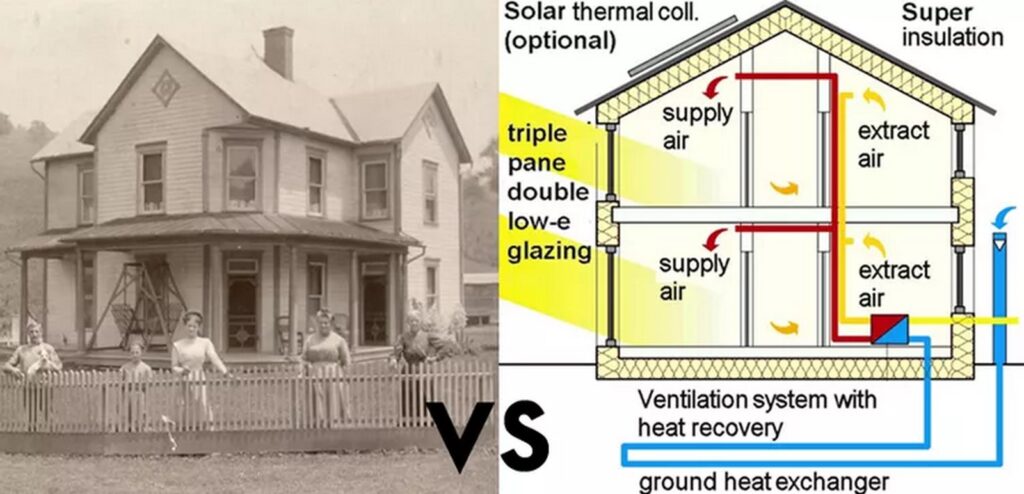
Rethinking Passive Cooling Strategies
While the study reaffirms the effectiveness of passive cooling techniques, it also underscores the need for comprehensive design considerations. Addressing the limitations of single-sided ventilation and suboptimal building configurations, the findings advocate for holistic design approaches that maximize passive survivability. By integrating external shading systems, promoting cross-ventilation, and optimizing building layouts, designers can enhance thermal resilience and adaptability in the face of evolving climate conditions.
Embracing a Hybrid Approach
Contrary to the dichotomy between passive habitability and modern building standards, the study advocates for a hybrid approach that synergizes traditional passive design principles with contemporary energy-efficient strategies. Recognizing the intrinsic value of passive habitability throughout history, the research underscores the imperative of reclaiming these time-tested techniques in the context of climate change. By blending passive cooling measures with innovative building technologies, designers can cultivate resilient built environments that prioritize occupant comfort and environmental sustainability.

Toward Climate-Adaptive Design
As the frequency and intensity of extreme weather events escalate, the imperative for climate-adaptive design becomes increasingly apparent. By embracing passive cooling strategies, designers can mitigate the adverse effects of heat waves, reduce energy consumption, and foster resilient communities. Moreover, the study serves as a catalyst for reimagining building design paradigms, emphasizing the integral role of passive survivability in shaping the future of sustainable architecture.
Conclusion
In navigating the complexities of climate change, the study underscores the transformative potential of passive cooling strategies in enhancing building resilience. By harnessing the inherent benefits of shading and natural ventilation, designers can cultivate adaptive built environments that prioritize occupant well-being and environmental stewardship. As we confront the challenges of a warming world, the integration of passive survivability principles represents a pivotal step towards creating a sustainable and resilient future.



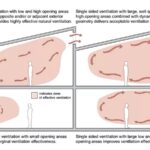
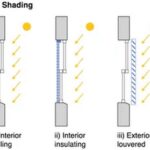
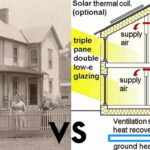
Leave a Reply